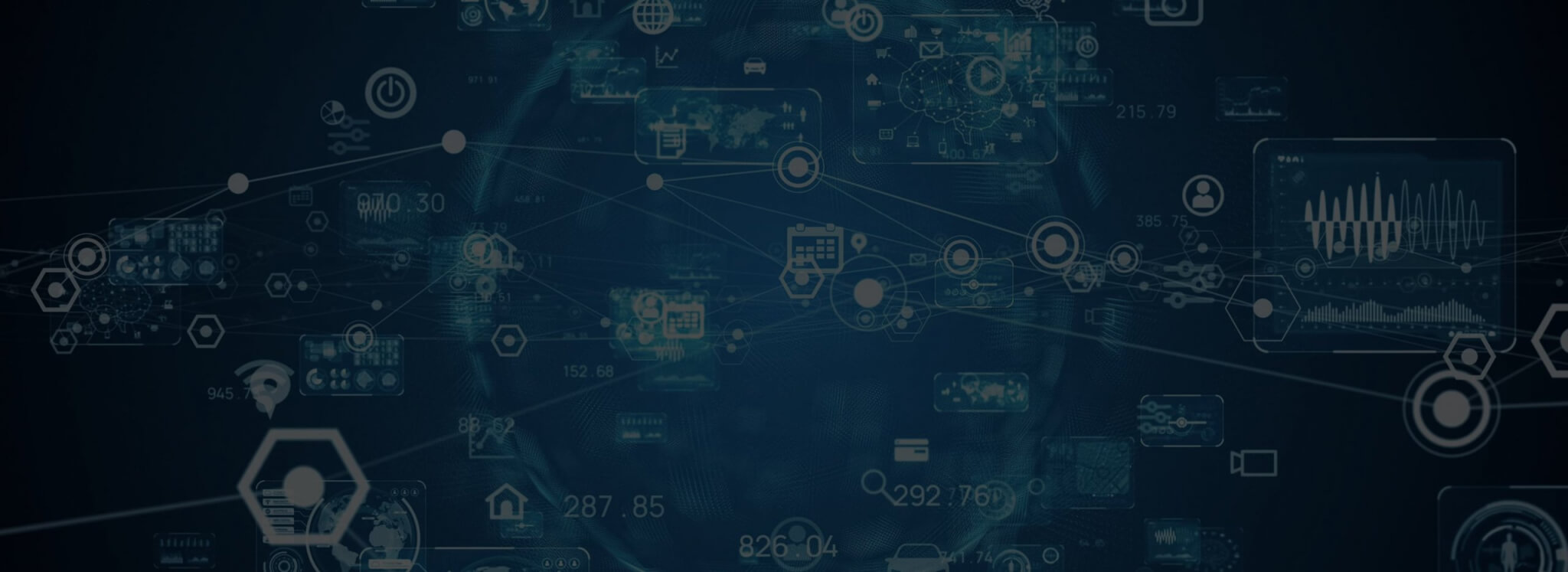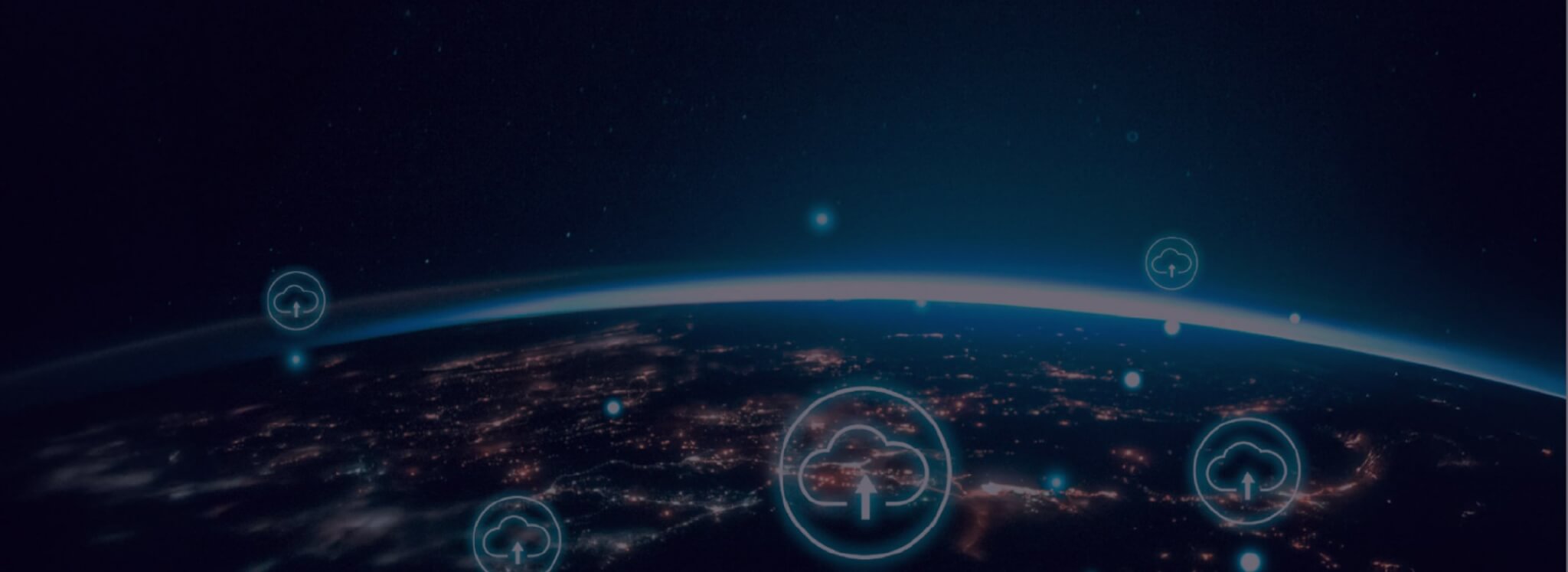Via vision, we receive 80% of all the information. Machine Vision (or Computer Vision) is also the fastest way for any company to reach its goal.
Choosing the right partner is a big decision. In 1985, Apple’s directors let Steve Jobs go because they thought he didn’t cope. And in 1996, they invited him back. The company was close to bankruptcy, and Steve Jobs was having a successful career in Disney. And in a few years, they became profitable again. That was the time when the world saw iPhones and iPads. Obviously, Apple’s board made the right choice.
What is Machine Vision?
Large supermarkets like Walmart and Target buy on a regular basis a considerable number of barcode scanners with simple Machine Vision (MV). This is just one example. In reality, machine vision is applied anywhere where visual data is accumulated with the help of cameras.
Laboratories, governments, big retail stores, production lines: each business or governmental institution can improve operations with Machine Vision today.
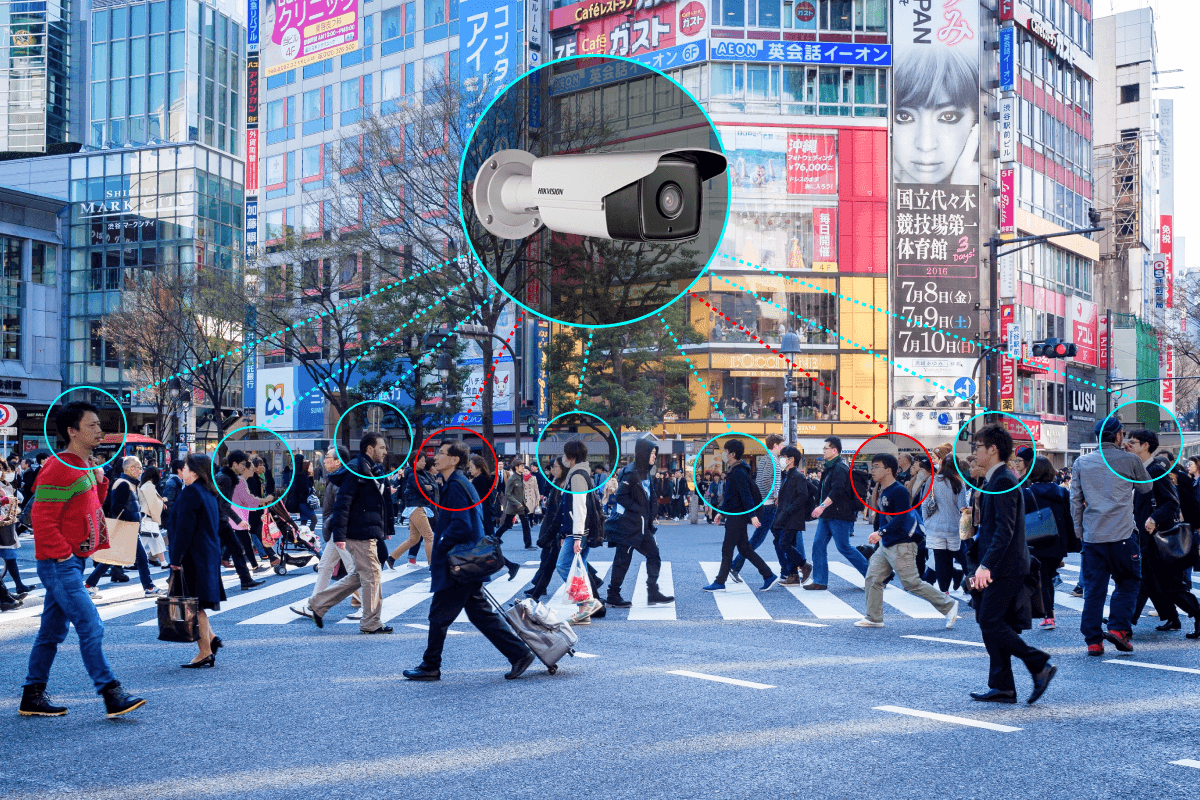
Machine vision (MV) and Computer Vision (CV) are often used as synonyms. Thus, MV can promptly differentiate common images and automate choices. It can choose between yes or no, green or red, correct numbers or wrong numbers, quality or defect. The application of MV will vary from medical image analysis to intrusion prevention.
Criteria for Choosing Machine Vision Companies
When choosing a vendor who will be responsible for the machine vision application, experienced companies use the following criteria:
- Positive reviews from clients on reliable platforms, such as Clutch, The Manifest, Good Firms;
- The broad technology stack of the company;
- Industry-specific expertise;
- Similar cases;
- Effective communication with the team;
- Strict approach to security.
If an entity is considering the employment of MV, they should regard the criteria for choosing MV solutions companies. There are mainly two criteria, and both are equally important for a new successful MV project.
Past positive reviews of clients on AI projects on independent rating platforms. Here is an example of one of our past client’s reviews:

Technological stack of the company in terms of AI (Computer Vision, Machine Learning, Deep Learning, Natural Language Processing, etc.) The thing is, most likely, your solution will need to apply more than one AI technology.
The machine vision company you choose as the partner must have engineers who know modern frameworks and libraries have solved similar problems in the past and can respond to the challenge adequately. In other words, it is crucial to know that the company has the tools to cope with a project of any complexity and it has a positive experience of doing it.
Positive Reviews From Clients: Platforms
To evaluate the performance of machine vision companies, one can visit specialized platforms such as Clutch, GoodFirms, DesignRush, TheManifest, and similar. They allow clients to publish a review of their joint projects with developer companies.
| There, one can find evaluations in terms of quality, services, schedule, duration, and cost of the projects. One can also learn more about the project’s summary, what tasks it solved, what methods the company used, and what results it achieved. Also, it is easier to anticipate what types of relations the company can offer based on the feedback summary of their clients. |
This information can make a ground for decision-making on whether or not to take the first step and contact an MV solutions company. Or it can allow for learning more information.
Machine Vision Technology Stack
The companies that develop MV solutions operate with special languages, frameworks, and libraries. The most popular technologies are the following.
| Python This is a popular language for analytical tasks and operations with data. Developer companies use it to create ML software in a comprehensive and rather errorless manner. R This programming language for MC offers a tray of ML techniques. With the help of R, you can visualize data, sample it, and analyze it. Java Java Virtual Machine is the best tool for ML if you need to write the same code on many platforms. The company needs expertise with this machine if the performance speed is a priority. TensorFlow Google’s TensorFlow framework performs numerical computations for ML. It has become very popular because it offers APIs for many popular languages, such as Python, Java, C, C++, Rust, and other languages. PyTorch This Facebook framework is very smart. It can work with DL and create easy-to-process graphs. Python developers use it as the #1 tool to halt the interpreter and debug their application. Keras Keras is an open-source library that works with TensorFlow. It offers APIs that allow for frameworks that work with neural network modules. OpenCV This rich library for CV can detect and segment different images, faces, and objects. As the most popular image library, it scales, translates, rotates, and resizes images. ScyFi This library is meant for multi-dimensional work with image processing on Numpy arrays. It is handy for convolution and blurring images. Scikit image This Python library works with images and also has parts in Cython. It can segment images, change their forms, color, detect features, and filter. PIL (Python image library) This library, as it reads, needs Python language. It can open, save, and work with many image formats and is the best in image enhancement. Panda Open-source library for data analysis and visualization. NumPy Open-source library for complex mathematical operations. |
Make sure the company you are about to hire as a vendor has experience with the mentioned above languages, frameworks, and libraries.
Machine Vision Functions
Object Detection
MV can detect and locate objects in an image or video. Thus, MV algorithms can be requested to recognize objects, count them, identify their location, and track them.
Note. How can machines detect objects? They label objects, look at their colors and edge pixels to see what may belong to an object, and then box them.
Facial Recognition
The Viola-Jones algorithm is a generally accepted way to reach a high detection rate preserving a high processing speed. When cameras gaze directly into somebody’s face, they are probably doing 4 actions. They select, evaluate, and create a classifier and cascading classifiers. Then, they can, for example, identify a common customer in the shop.
Motion Tracking
Tracking of movement is a challenge in MV. The algorithm has to locate an object in all frames of a video giving only its location in the first frame. In this way, MV can detect strangers by the vehicles or fleet and buyers by the shelves.
Sentiment Detection
Marketers seek customers’ feedback regarding prices, assortment, product availability, and general client satisfaction. Learning their sentiments can guide marketers in their further work and impact revenues. That is why the shop’s MV cameras can be the open gate to this information.
Applications of Machine Vision in Business: Optical Character Detection
In logistics and transportation, Optical Character Recognition and Azure Cognitive Services allow for the filling of thousands of documents. They raise by 4 times the procession of documentation. OCR can define printed and handwritten text and transform it into electronic format.
Detect Suspicious Behavior Around Vehicles
Video analytics solutions are very popular with fleet management businesses for security reasons. And the motion-tracking function of MV is the core of these solutions. They can detect restricted objects or suspect individuals, detect restricted behavior, and track them.
Track Speeding on the Roads
It’s hard to imagine busy roads without traffic cameras. They look for speeding, suspicious objects, and traffic jams. Motion recognition of MV and license plate detection make speeding less attractive for many drivers. Public authorities show great interest in traffic cameras and MV because they are effective.
Charge Customers After they Have Left the Store
Machine vision use cases for retail are hard to count. Some customers prefer not standing in lines at shops. It’s been a while since Americans got the technology to charge their customers after they had left the store.
- The Amazon application in such stores can scan the products in a buyer’s basket with the MV function;
- It will recognize the customer’s identity via the face recognition function;
- It will charge their credit cards after they have left.
In this way, shop owners raise customer satisfaction and loyalty and save many work hours for personnel.
Detect Empty Shelves
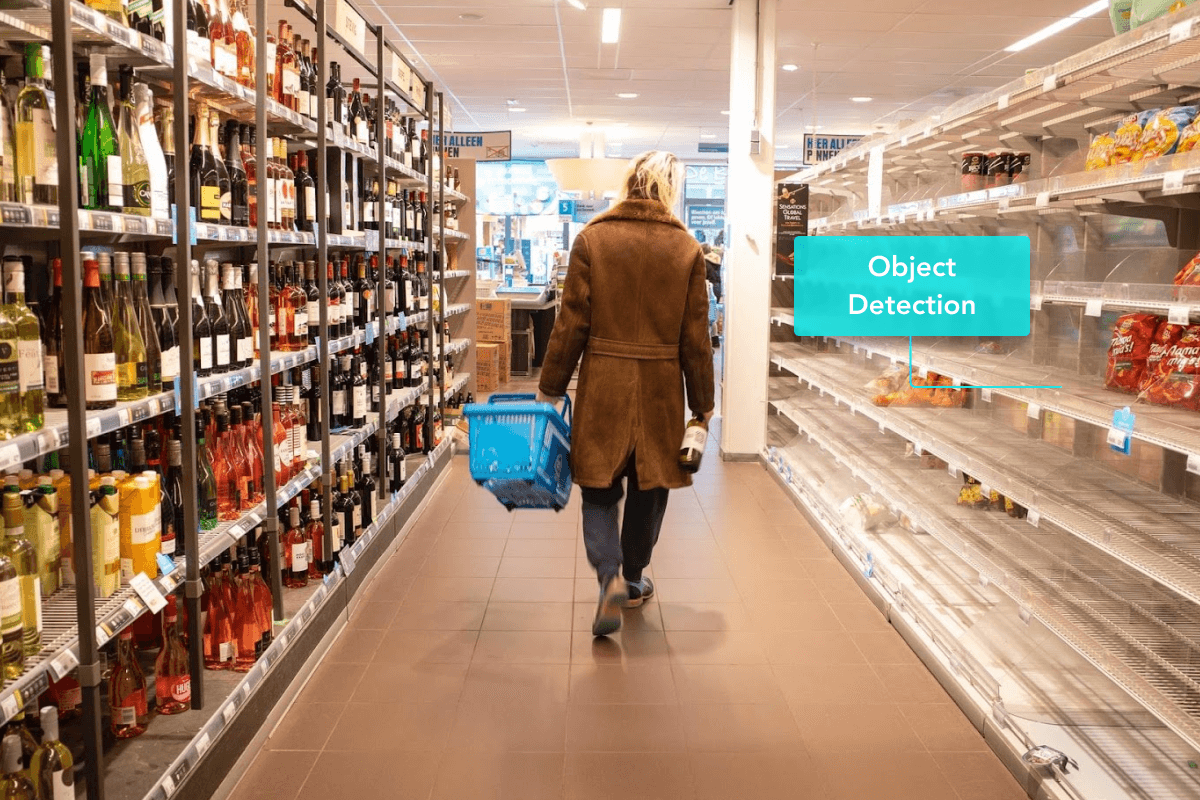
MV cameras can contribute to detecting empty shelves. It saves the time of shop executives and representatives of producers. Also, they can collect statistical information about types of products and their demand from these cameras. That is why it can be an investment in marketing and logistic analytics.
Send Ad Messages to Buyers in the Store
Many grocery customers usually shop at nearby stores and pay there with their credit cards. The shops’ cameras know their faces very well. Additionally, marketing teams set geofencing 24/7 and attract nearby buyers on their mobiles. Nevertheless, when buying, these customers often fail to notice hot propositions, discounts, or novelties of their favorite products, until now.
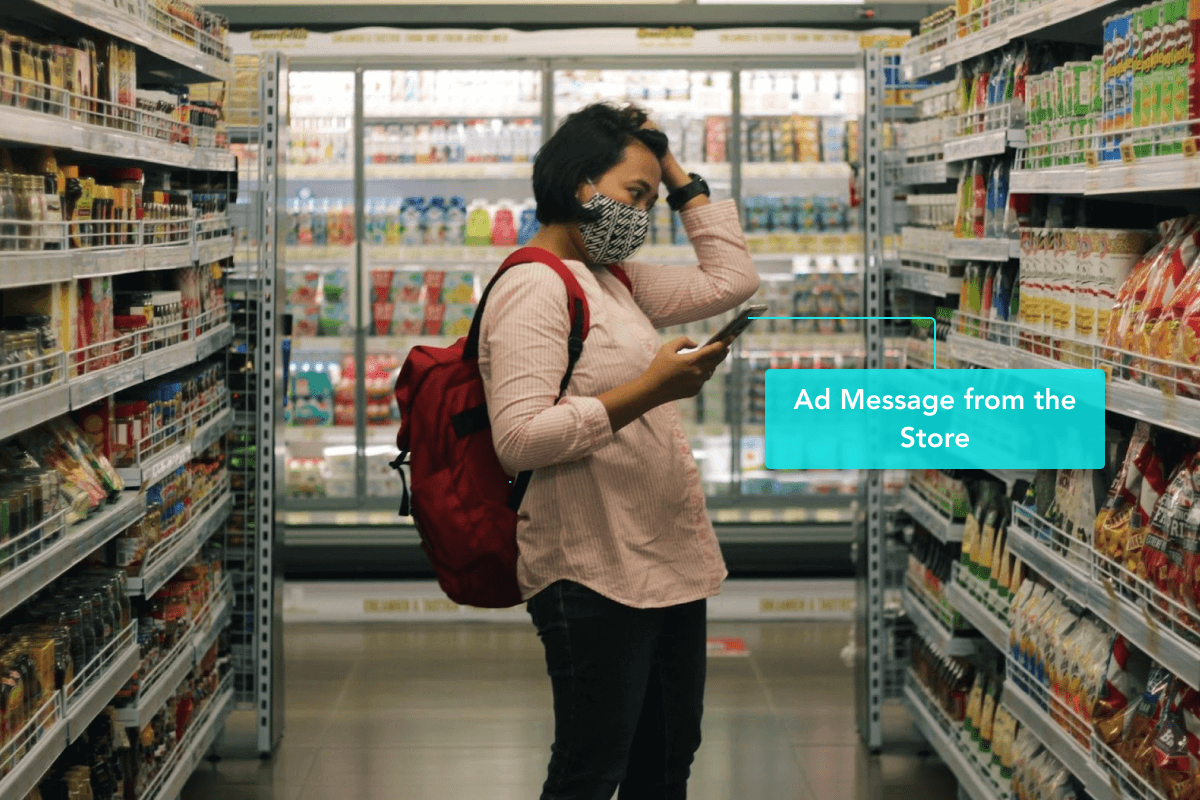
With MV, shop owners can send them ad messages while the customers are in the shop.
- MV can scan the faces of customers that geofencing finds, identify these customers, and see their purchase history;
- Then, the app will select the offers and products that can be interesting to these customers;
- Afterward, it will send them personalized ads on mobiles to drive them directly to the right offers. In this way, MV contributes to product marketing.
Conclusion
Companies and organizations can choose the right MV solution developer company considering at least two criteria. First, they can look for positive reviews from clients on specialized platforms such as Clutch and GoodFirms. And second, they can make sure that the company has a convincing MV technology stack. It can encompass Python, TensorFlow, Keras, OpenCV, or similar. The main capability of MV is to analyze images and videos and perform different functions with them. MV makes possible object detection, face recognition, motion tracking, and sentiment detection.
Companies and organizations can apply MV in diverse ways. They can automate simple choices or use MV in combination with more complex solutions. With the right contractor, they can track speeding on the roads, quickly fill in thousands of logistic forms, raise revenues by sending out personalized ads in stores, and by charging buyers, not at the counter but after they have left the shop. With MV, one can significantly raise the level of life for customers, enhance positions on the market, and make budget money beneficial for citizens.



